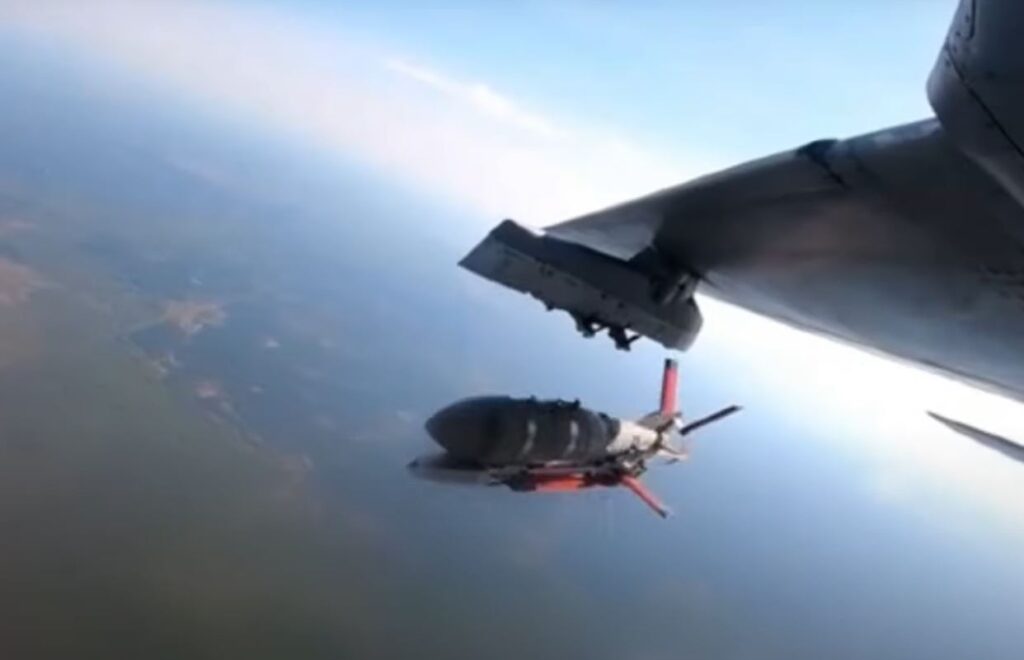Russia may no longer need expensive missiles—Chinese SW800Pro-Y are modifying existing weapons to achieve unprecedented range

Russia is working on modifications to guided bombs. They will allow such bombs to fly up to 400 km, enabling Moscow to strike more Ukrainian towns and cities, including the capital, Kyiv, without using missiles, Vadym Skibitskyi, Deputy Head of Ukraine's Defense Intelligence, said in an interview with Reuters.
Ukraine has point air defense against glide bombs, but this is not a systemic, comprehensive solution. The best way to counter them is to destroy the aircraft that launch them.
One long-term strategy could stop Russia’s glide bombs
Meanwhile, NATO tests a new solution from Alta Ares, Tytan Technologies, and ATREYD, which includes radar, AI-based software, and a drone interceptor designed to target such weapons.
New wings of Russia’s genocidal machine
Russia is already planning to produce up to 500 improved glide bombs with a flight range of up to 200 kilometers by the end of 2025. To achieve such a range, the Russians are installing the SW800Pro‑Y turbojet engine manufactured by the Chinese company Swiwin.
In October 2025, the first reports appeared that Russia had begun producing new guided aerial bombs with upgraded UMPK modules, capable of hitting targets at distances of up to 200 kilometers.
Currently, two new types of Russian aerial bombs are known: the UMPB-5R glide bomb, equipped with a jet engine, and the universal gliding kit (UMPK), featuring improved aerodynamics.
Exact data on the possible operational range of both bomb types is unknown. Therefore, it is impossible to say whether the Defense Intelligence information refers to both types together or only to one of them.
FAB‑500T bombs fly farther with SW800Pro‑Y
The SW800Pro‑Y turbojet engine manufactured by the Chinese company Swiwin is intended for use in unmanned aerial systems and large aircraft models. Russian forces have also used jet engines from this company in their S8000 “Banderol” cruise missiles.
As for the upgraded UMPK module, the declared flight range of the FAB‑500T has now allegedly “exceeded 100 kilometers” due to improvements to the tail section.
